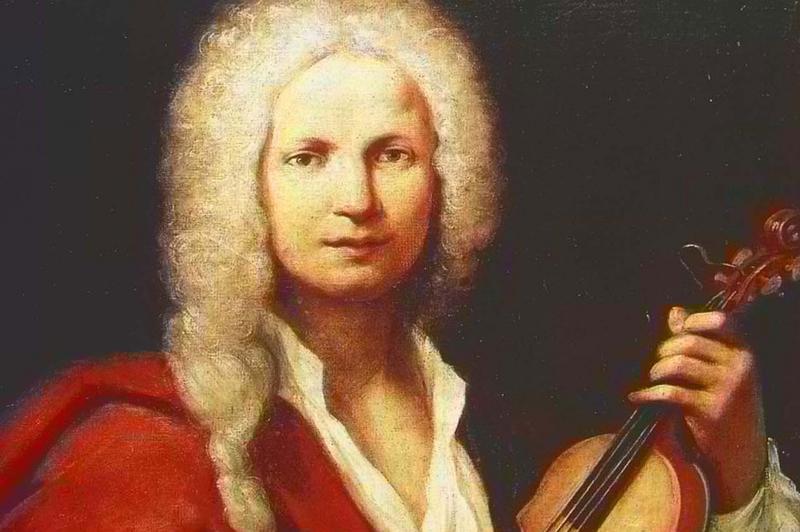The Four Seasons (Italian: Le quattro stagioni) is a group of four violin concerti by Italian composer Antonio Vivaldi, each of which gives musical expression to a season of the year. - Vivaldi 'The Four Seasons (Spring)' - 1. Vivaldi 'The Four Seasons (Spring)' - 2. Vivaldi 'The Four Seasons (Spr. All- The Four Seasons. Violin concertos by Antonio Vivaldi composed at the beginning of the XVIII century.Spring 0:00Summer 10:27Autumn 21:36Winter 32:21No.
The Four Seasons (in Italian: Le Quattro Stagioni) by Antonio Vivaldi, Italian composer and violinist, is a group of four concertos for violin solo concertante and chamber orchestra.


The four concerts of The Four Seasons have been composed with a careful study of the tones: “Spring” has the brightness of the E major; the G minor describes the sweetness and the melancholy of “Summer”; the F major (“Autumn”) creates a rustic and crepuscular atmosphere, while the desolation of the F minor effectively describes “Winter”.
Other characteristics of Vivaldi's composition are the use of particular executive techniques, such as the use of high notes (to recall the birds in “Spring”) or the reduction of the accompaniment to a single long-lasting note, which recalls a great breath, a sense of expectation that anticipates a meteorological phenomenon. Furthermore, the plucked strings of violins, in “Winter”, remind us of the rain falling outside our homes.
Each concerto is preceded by an accompanying sonnet in Italian that describes the characteristics of each season.
The Opera was an instant success throughout Europe, bringing worldwide fame to the Italian composer.
Antonio Vivaldi was also a priest, and was often called 'Il Prete Rosso' (The Red Priest) for the color of his hair.
One of the most widespread fabrication of history about the artist is his alleged bad habit of interrupting the celebration of the Mass to run to the sacristy and write the musical themes that came to his mind. Actually Vivaldi suffered from a disease similar to asthma which forced him to take breaks during the celebration of the Mass.
Reading Time: 3minutesThe Four Seasons, the most popular Baroque music in history, was composed by Antonio Vivaldi in 1723. He was an Italian Baroque composer who was born in 1678 in Venice. He is known mainly for composing instrumental concertos, especially for the violin. While I was researching The Four seasons, the beautiful melody and themes entranced me. He seemed to express the characteristics of four seasons.
Each season has specific theme as it goes as along with four sonnets, which makes his music classified as program music (music that intends to evoke something extra musical). There is a theory that Vivaldi wrote music with sonnets and given that each sonnet; spring, summer, fall or winter, is broken down into three sections. Each movement has slow movement between two faster ones which is pretty obcious if you listen carefuly.
[youtube l-dYNttdgl0]The first movement, which is called spring, starts with the song and dance of the birds. But then suddenly, tension is created as if there’s a thunder-storm from the sky nominated for the spring (music 3:30). The bird’s song and dance continues after it stops. Then the music slows down into Largo. In this section, the music created is a more curious and mysterious mood. The melody seems softer and calmer and there is less tension, according to slow movement. Then it turns faster again into Allegro as if the shepherd who was asleep suddenly awakes and dances. (music 5:30)
[youtube 8BsBbtp4gW4]The next movement is summer. The start of this section is slow but has high tension according to summer’s hot weather which express that the people and the animals are all exhausted under the sun. When the tension suddenly changes as the music goes faster, it shows that the birds are crying and the wind is blowing because of the summer storm. Then the music turns into Adagio which presents the fear of mosquitoes after the storm is gone(music 5:27). Then the last section of the summer is the speed of presto which is pretty fast to express the violence of the supper. (music 7:38)
[youtube QOSg7LFgt6Y]The third movement, Fall, starts with peaceful melody as all the villagers are having a party to celebrate the fruitful year. The tension is getting higher as people get drunk. But suddenly it slows down into calm because the people are all invited to fall asleep. (music 2:23-3:10) However all of a sudden, the music suddenly changes speed as if people are awake in the morning and hunters are go hunting with their dogs and chasing the animals. (music 8:00)
[youtube nGdFHJXciAQ]In the last movement of the four seasons, winter, the music starts with high tension from the beginning as if the people are trembling in the cold snow (like us this week..!) Since the winter is the most dangerous season in the year, it creates the most interesting melody in this music. On the first section, Vivaldi shows that the cold wind is blowing and people are stamping their feet from the cold and shivering. In the middle, the music shows that people are having a nice time beside the stove with beautiful violin melody. (music 3:10) Then the speed changes as usual like the people are walking on the ice with caution and a violent wind is coming through the chink of the door.(music 5:50)
Four Seasons Antonio Vivaldi
Enjoy =D
